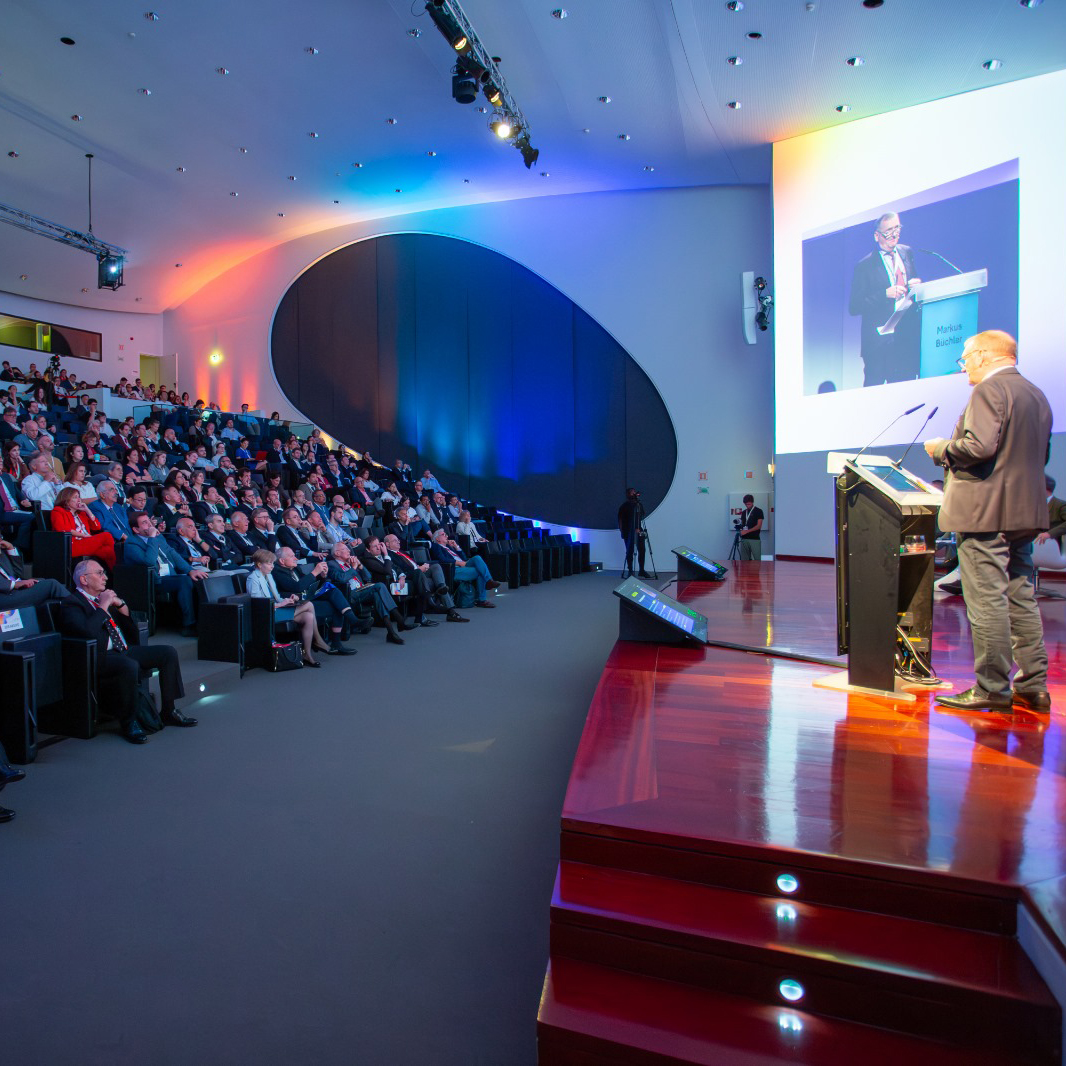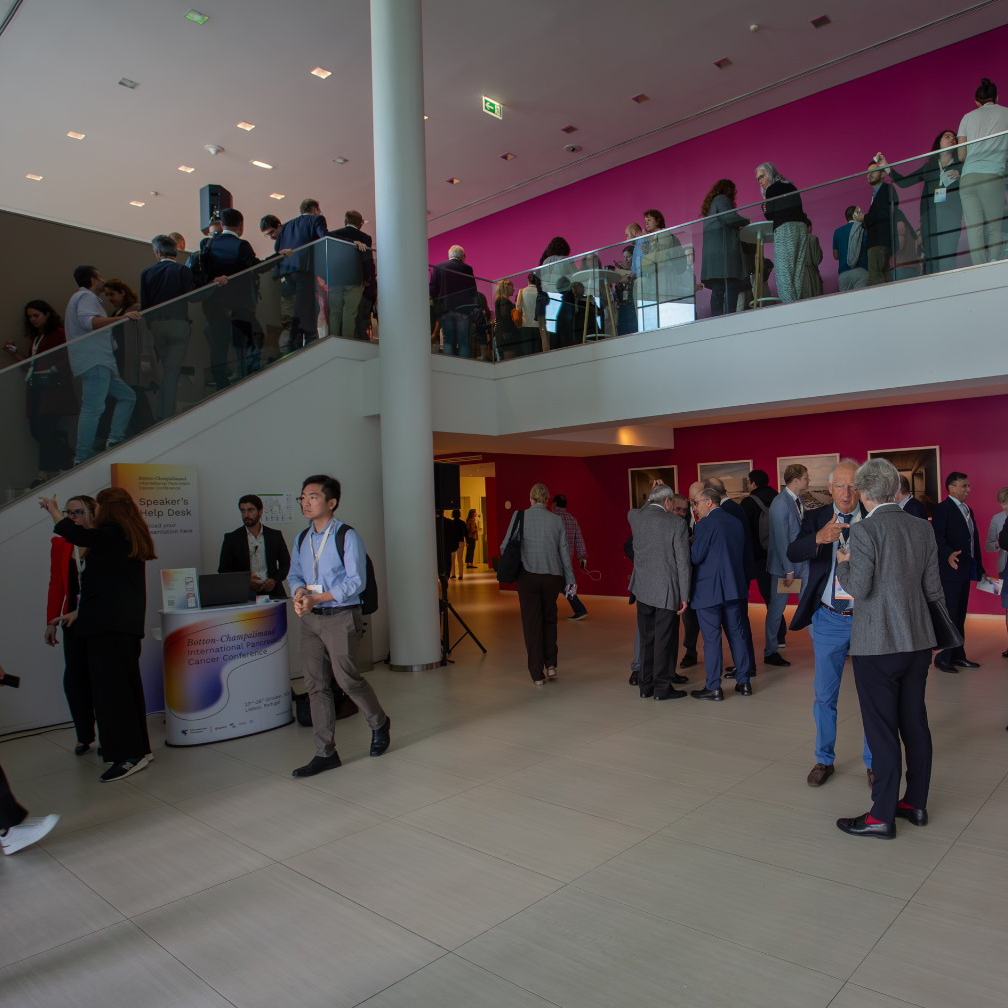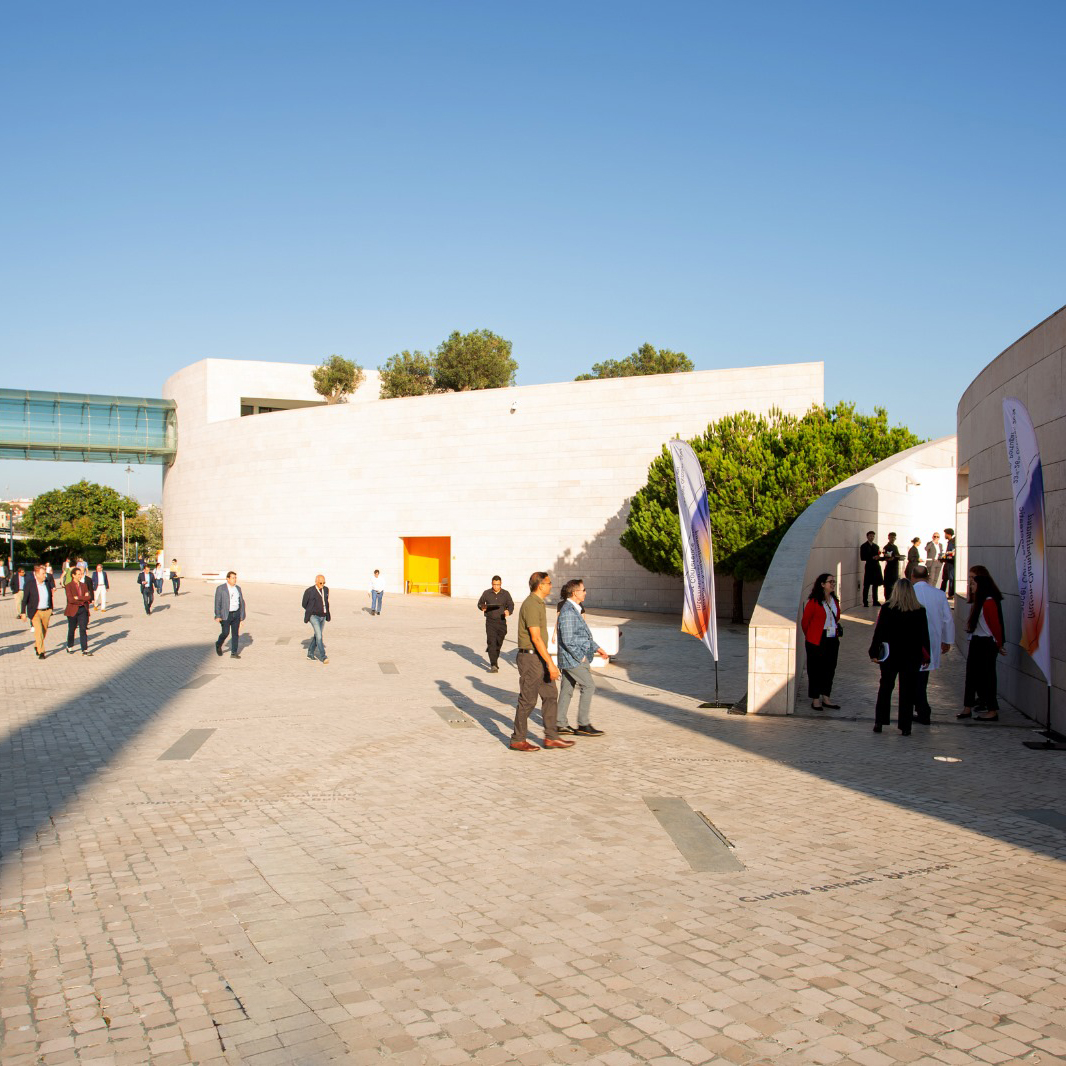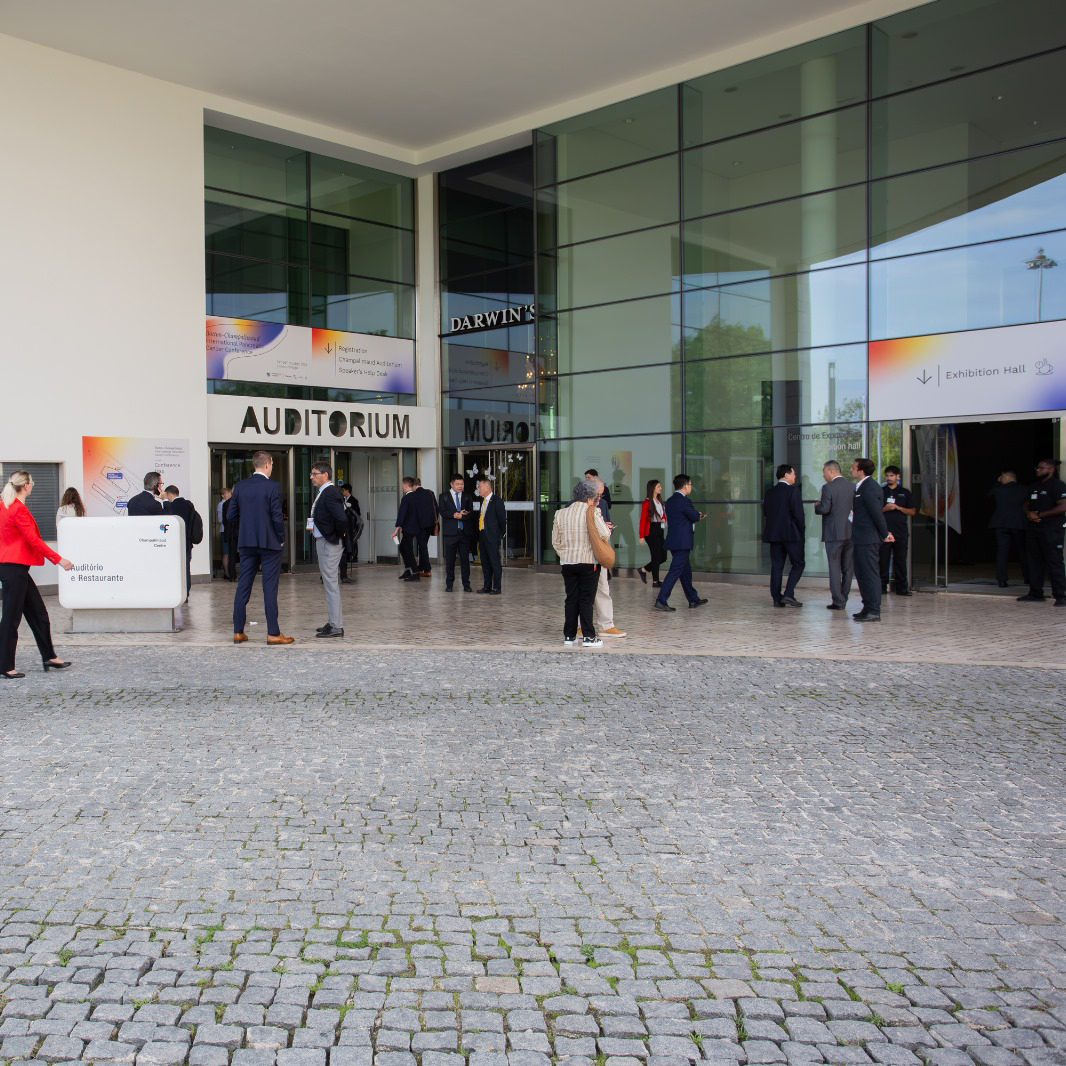“Surgery can cure”, said Markus Büchler, director of the newly opened Botton-Champalimaud Pancreatic Cancer Centre, in Lisbon, during his talk. Büchler was referring to a form of pancreatic cancer surgery called the “triangle operation”, which he invented and developed.
This form of surgery is indicated for all pancreatic ductal adenocarcinomas (PDAC, which accounts for 95% of pancreatic cancer cases) who have not yet developed metastasis. The procedure, which is performed after a round of chemotherapy to reduce the tumour, consists in the radical removal of all the soft tissue located within a “triangle” in the pancreas formed by the portal vein, the celiac trunk/hepatic artery, and the superior mesenteric artery. The surgery may involve reconstruction of the vasculature if the tumour has invaded it. “Pancreatic surgery has become vascular surgery”, Büchler declared.
“Cleaning the triangle”, he added, “reduces the chances of local recurrence of the cancer”, which he considers is a “burning issue” in pancreatic cancer. This procedure “improves recurrence-free survival”, he stressed. But, he conceded, “we are still far away from where we want to be.”
A rare but deadly cancer
Pancreatic cancer is rare – it is estimated to represent 3% of all cancers in the US – but it is one of the deadliest forms of cancer, being the third cause of cancer death in the US and the sixth in Portugal. When it is still localised, the estimated five-year survival rate is 44%, according to recent statistics from the US National Cancer Institute. But once it has metastasised, this figure goes down to around 3%.
The problem with pancreatic cancer is twofold. On the one hand, there are no specific biomarkers or screening methods reliable enough for its early diagnosis, when the patient is still eligible for surgery. Actually, once symptoms appear, the disease is usually at an advanced stage. On the other hand, the different systemic, non-surgical therapies being tested have up to now yielded unconvincing results.
On top of all this, the symptoms of pancreatic cancer – such as stomach pain, indigestion, mid-back pain, unexplained weight loss, loss of appetite, new-onset diabetes, jaundice – are non-specific and easily confused with those of other conditions.
To address this huge problem, the Champalimaud Foundation has opened the Botton-Champalimaud Pancreatic Cancer Centre, a unique facility equipped to bring together top basic researchers and medical oncologists to promote the fast “translation” of research advances into clinical practice (https://www.fchampalimaud.org/news/botton-champalimaud-pancreatic-cance…).
From October 23 to 26 – less than a month after it became fully operational – the Botton-Champalimaud Pancreatic Cancer Centre held its first international conference in Lisbon, bringing together world-renowned surgeons, oncologists, radiotherapists, pathologists, translational researchers, and basic scientists, to debate the newest insights into pancreatic cancer, the latest forms of surgery and the future potential therapeutic approaches.
Oncogenes, DNA circles, lazy T-cells
Eileen O’Reilly, from the Memorial Sloan-Kettering Cancer Center in New York, talked about the development of genetic therapies against pancreatic cancer that could be based on mutations of the KRAS gene. “The RAS gene drives this disease”, she said. This oncogene (cancer-causing gene) is mutated in 98% of the cases of pancreatic cancer, and its direct inhibition could be a potential pancreatic cancer treatment. But “no RAS therapeutics have been approved for PDAC yet”, she concluded.
Paul Mischel, from Stanford University, discussed the fact that oncogenes that drive pancreatic cancer are not on the DNA molecule but in so-called extrachromosomal DNA (ecDNA), a cancer-specific circular DNA molecule derived from chromosomal DNA.
Since ecDNA has a poorer replication fidelity than the linear chromosomal DNA, “it makes each cell division a lottery dice throw”, Mischel explained. In fact, “breaking Mendel’s rules” of genetics, ecDNA makes tumours treatment-resistant by facilitating massive oncogene transcription and rapid genomic evolution.
In very recent results, led by Mischel, researchers showed that 17% of all cancers contain ecDNA, which is huge in absolute numbers, he said. “Patients with ecDNA do worse than all others”, Mischel added. Those researchers also showed that, apart from cancer-driving oncogenes and immunosuppresive elements, two circles of ecDNA can come together and interact, compounding their effects.
These small circles of DNA – “the dark side of DNA”, as Mischel called them – could also be potential targets for therapeutic approaches in pancreatic cancer. Research at the Botton-Champalimaud Centre, in the laboratory of newly appointed principal investigator Vincenzo Corbo, is working to uncover the role of ecDNAs in pancreatic cancer.
Ben Stanger, from the University of Pennsylvania, focused his talk on immunotherapies, stating from the beginning that “immunotherapies for pancreatic cancer are not there yet”.
“Some PDAC have a lot of T-cells, other have very few, but all have a poor level of T-cell activation, compared to melanoma”, for instance, said Stanger. Actually, having or not having T-cells, he added, “makes no difference. The tumour grows all the same”. This is still poorly understood. Something in the tumour cells themselves could be responsible for it.
“We’re not immunologists”, would later add another speaker – Dieter Saur, from the Technical University of Munich, drawing some laughs from the audience – “but we have understood that it could be important.”
Wait and see what happens?
Turning back to surgery, several speakers discussed the so-called “Wait and See” strategy for pancreatic cancer, delaying surgery.
It so happens that, as people get older, many develop benign pancreatic cysts, or intraductal papillary mucinous neoplasms (IPMN), most of which are non cancerous – and should be left alone – but some of which can become cancerous.
And that’s not all: at the age of 80, an estimated 30 to 40% of the population has cystic lesions in the pancreas which are clinically irrelevant – “incidentalomas”, as someone called them, or “Tom Cruise cysts”, because they will always look the same.
This state of affairs prompted speaker Volkan Adsay to talk about the challenge of defining malignancy: “We need to better recognise those people who are prone to cancerous progression”, he said. That task might prove Herculean.
The dimension of the lesion is one factor to consider, but it is not enough, said Massimo Falconi, from the San Raffaele Hospital in Milano. “We also have to rule out aggressive features in the lesions”, he cautioned.
Giovanni Marchegiani, from the University of Verona, proposed a potential solution to the literally insurmountable challenge of following up “millions and millions of individuals (not patients) that have a cyst in their pancreas” that was detected incidentally. “We should consider”, he said, “stopping the surveillance on trivial IPMN and performing earlier and more aggressive surgery whenever the genetics of the tumour tells us it will become a cancer.”
Someone in the audience then remarked: “we know that pancreatic surgery can be safely performed in older people. But what are we taking out if it’s not a cancer? Quality of life and quantity of life. We have to assess that better.”
The take-home message? Given the enormous challenges posed by pancreatic cancer, only through collaboration among multidisciplinary experts at the global level can the understanding, diagnosis, and treatment of this disease advance at the accelerated pace needed to address the pressing threat it represents.
Text by Ana Gerschenfeld, Health & Science Writer of the Champalimaud Foundation.




